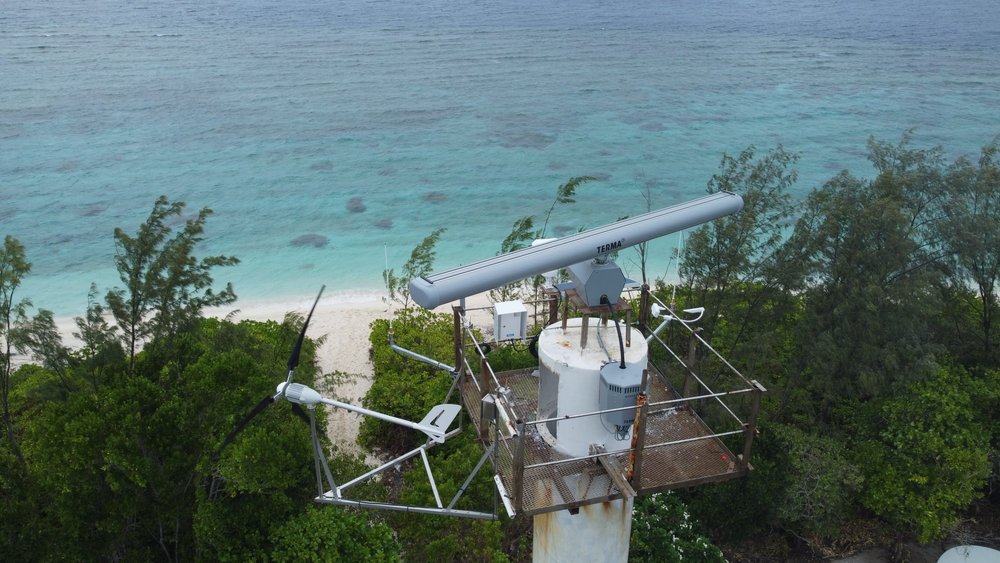
Radars are essential for ensuring safe and efficient maritime operations, particularly in areas with high traffic density or challenging weather conditions. Radars, magnetron or solid state, have known capacity to detect objects at the required distances when they are put in operation for the first time. But, how is the radar performance evolving over time, after years in operation?
Magnetron radars have been the primary radar technology used in maritime operations for many years. They operate by generating a high-frequency electromagnetic signal that is transmitted through an antenna and then reflected off objects in its path. The reflected signal is then picked up by the radar receiver and analysed to determine the location, size, and speed of the object. However, magnetrons have a limited lifespan and require regular replacement, typically once per year if continuously operated. This can result in severe less capability to detect according to requirements and regulations.
Solid-state radar technology, on the other hand, uses semiconductor materials to generate the radar signal. This technology has several advantages over magnetron radars, including increased reliability and lifespan, reduced maintenance requirements, and lower power consumption. One key benefit of solid-state radars is that they are highly resistant to interference. This is because the signal generated by a solid-state radar is highly stable and can be precisely controlled. As a result, solid-state radars are less prone to false readings or errors caused by interference from other sources. However, they consist of many components that all have to work in order to perform in accordance to the coverage calculations. So, an open question is whether or not they also degenerate in the same way a magnetron radar would do? And how can an operator be sure that a degradation is not taking place?
CURRENT SITUATION
For offshore anti-collision systems in the North Sea, the regulations require that established barriers such as radar must be continuously monitored for any degradations or component failures, and the user must at all times be aware of the current status. Offshore Energy Operators are required to document to the regulators that they have control over the performance of their established barriers. However, the current practice of monitoring established barriers is both costly and environmentally damaging. Today’s method is normally to hire offshore vessels to sail around the installations in increasingly larger circles while a system operator notes coordinates of where the vessel is detected and where it disappears from the radar. These tests can last for 15-20 hours and have a significant environmental footprint. With approximately 70 offshore installations in the North Sea, the cost and environmental impact of current monitoring practices are significant.
IS THERE A BETTER WAY?
Vissim’s solution provides a better way to monitor radar performance that can improve accuracy, efficiency and sustainability while ensuring compliance with regulations. Currently, all Operators in the North Sea, using the Vissim system, are able to monitor more than 6000 vessels at all times, including those passing offshore installations on their way to a destination. Vissim’s solution for radar performance monitoring uses the natural traffic in an area to create a digital coverage map of the radar’s performance. This is achieved by dividing the area around the installation into sectors and cells and creating events when vessels are detected by radar, AIS, or both. Additionally, the solution will take relevant conditions as for instance weather into the consideration. All in all, this is allowing operators to continuously and in an easy and reliable way validate radar performance and detect any degradation over time.
By adding the weather condition and forecast function, operators can predict the radar’s true and real detection capabilities under forecasted weather conditions for the next week.
Accurate radar and AIS coverage is the foundation for and crucial to achieve the best possible situational awareness. Which again is utterly important to support logistics planning, safe maritime traffic execution and security motivated sea area monitoring. The end result is reduced offshore operations costs, and safer and more secure sea areas.
So, yes, performance measurement of radar can be done better than today’s practise!
COMMITTED DELIVERY
At Vissim, we strive to challenge the status quo and help our clients improve their operations. Upon discovering this practice, we promptly started exploring methods to improve and optimize radar performance. As a result, one of the largest Norwegian companies in the NCS, who is already our client, has awarded us a contract to provide our radar performance solution as an additional component of our existing Ocean space solution. The first deployment will be in Q4 2023, and we believe it will provide a significant improvement in the efficiency and sustainability of offshore operations.
Sources used for this article:
- “Radar: Magnetron vs Solid State” by Northrop Grumman. https://www.northropgrumman.com/what-we-do/radar-magnetron-vs-solid-state/
- “Comparison of Magnetron and Solid State Radars” by Alltek Marine Electronics Corp. https://www.alltekmarine.com/comparison-of-magnetron-and-solid-state-radars/
- “Solid State Radar vs Magnetron Radar” by Navico. https://www.navico.com/blog/solid-state-radar-vs-magnetron-radar/
- “NORSOK Standards” by Norsok Standards. https://www.norsokstandard.com/standards/norsok-standards/



